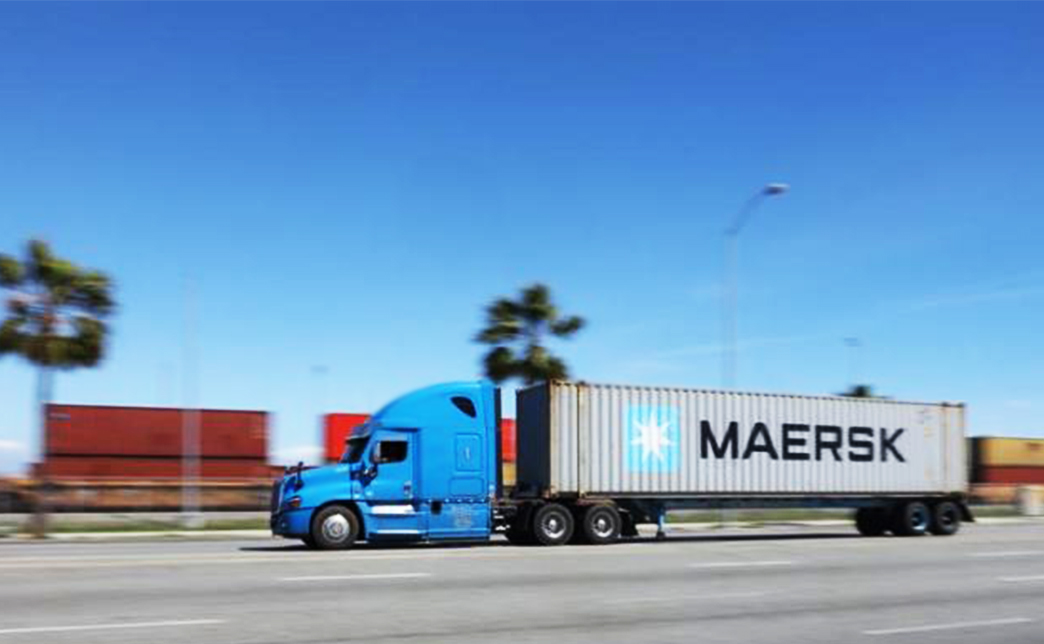Some cargo carriers that import containers to the USA probably limit their weight. This is because of the weight limitations that must be followed. Usually, companies are mistaken, because they deliver some containers and waste more time importing goods. Transportation through the Californian Overweight Corridor has some advantages and some products are better to transport in such a way than others.
Californian Overweight Corridor: what is it?
The Overweight Corridor is situated near the Port of Los Angeles and Long Beach. It looks like a network of local roads. They are used for transferring overweight containers. In other words, containers whose weight doesn’t meet requirements. This corridor was created to help to transfer overweight and ocean containers on the city roads near the Port of Los Angeles. It was approved by Los Angeles, Long Beach, and California authorities.
Delivery of extra weight
The main reason for delivering overweight containers is a sufficient economy. Experience of some partial truckload carriers shows that the general cost of import transportation decreases by 15-20% if there is overweight cargo. Usually, marine lines don’t take more money for containers that are fully loaded, as well as for containers that are loaded under standard American weight. It’s clear that if you can place goods from 4 containers of the standard weight into three overweight containers, you can save money. Of course, a cargo sender will have extra expenditure on transportation, loading and unloading operations, and final delivery, but these expenditures will be lower than the sum of money he/she saves. When it comes to large traders that send big parts of goods, this option makes sense and is beneficial.
What products are better to transfer?
Any product that has high density can be transferred through the Overweight Corridor. The main rule is to use as much truck space as possible. One more requirement is that this product can be easily placed into a container. There is a list of the most common products that are suitable for transfer. They are:
- Goods that are used in construction; they are steel items, sanitary ware, pipes, bolts, and others;
- Timber and items made of wood;
- Liquids. A liquid density is beneficial for container transferring through the Overweight Corridor. Usually, carriers deliver beer, wine, and other alcohol as well as chemical liquids;
- Bulky goods such as sugar and flour;
- Heavy metals. Because of strict ecological norms many American companies transport leads and items made of this metal to other countries for recycling.

